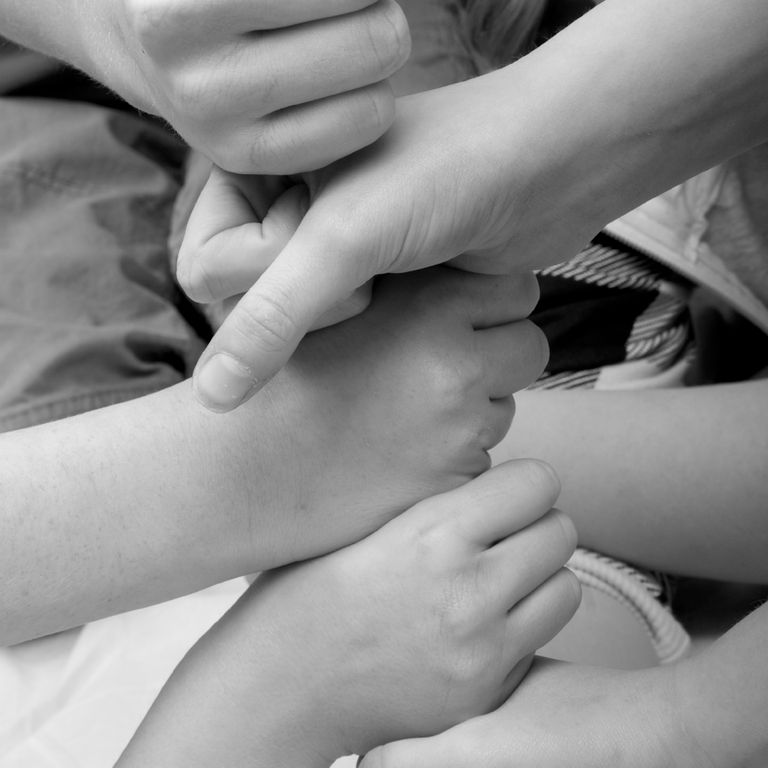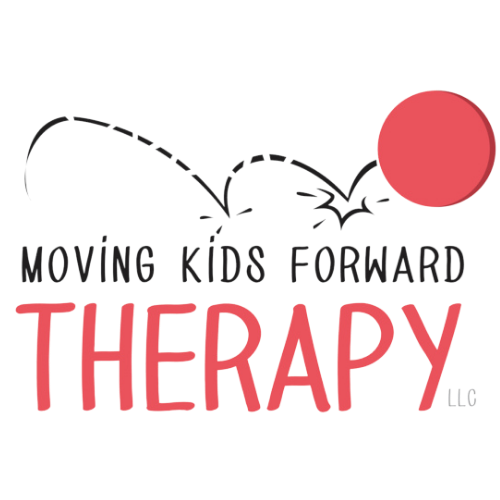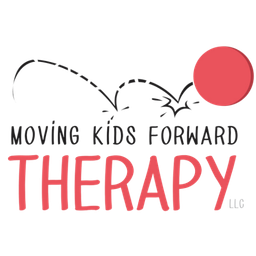
OUR APPROACH
Our therapists consider the child's whole body and how it contributes to overall functioning.
When working with children, OT's are trained to help the child master the skills necessary for performing cognitive, physical and sensory based daily tasks throughout all natural environments.
Model of Play

Occupational Therapy
Occupational Therapists (OTs) help people across their lifespan participate in the things they want and need to do through the therapeutic use of everyday activities (occupations). When working with children, OTs are trained to help the child master the skills necessary for performing cognitive, physical and sensory based daily tasks throughout all natural environments. Children's main occupations are playing and learning. Most OTs use the model of play utilizing a sensory enriched environment with familiar toys, games and school materials to build the necessary foundational skills. This model ensures that children will be interested in working on areas that are typically challenging for them.
OTs consider the child's whole body and how it contributes to overall functioning. OTs commonly focus on fine motor skills, visual motor and perceptual skills, sensory processing and self-care skills.
OTs not only work directly with the child, but also with the family, parents, caregivers and teachers in order to educate and reinforce specific skills and behaviors which will be used to improve and facilitate the child's performance and functioning.
Coping Mechanisms
and Strategies

Sensory Processing
Sensory processing (sometimes called "sensory integration" or "SI") is a term that refers to the way the nervous system receives messages from the senses and turns them into appropriate motor and behavioral responses. Sensory Processing Disorder ("SPD" or "Sensory Integration Dysfunction") is a condition that exists when sensory signals don't get organized into appropriate responses. A person with SPD finds it difficult to process and act upon information received through the senses, which creates challenges in performing countless everyday tasks. Motor clumsiness, behavioral problems, anxiety, depression and school difficulties may result if the disorder is not treated effectively.
OTs help children learn to understand, process and organize sensations in their environments and respond in appropriate ways to everyday situations. These sensations may include sight, hearing, touch, taste, smell and movement. OTs help children learn to adapt and react appropriately in sensory rich environments. For example, when most children feel crumbs on their faces, they wipe them away without much thought. They may also hear a fire alarm at school, their reaction would be to line up with the other children at the door to exit the building. However, children with sensory processing problems are unable to understand these sensations and their reactions to them are often negative, protective or fearful. These children benefit from OT services to help them learn to integrate these sensations. This helps them learn coping mechanisms and strategies to become more tolerant of the sensations in their everyday lives. Children who cannot move their bodies freely or efficiently due to neurological impairments and other conditions also benefit from sensory input. Sensory input helps them organize their systems to promote motor control and fluid movement.
© Copyright MKFT 2021. Designed by Be Social Media, LLC. All rights reserved.
We need your consent to load the translations
We use a third-party service to translate the website content that may collect data about your activity. Please review the details in the privacy policy and accept the service to view the translations.

